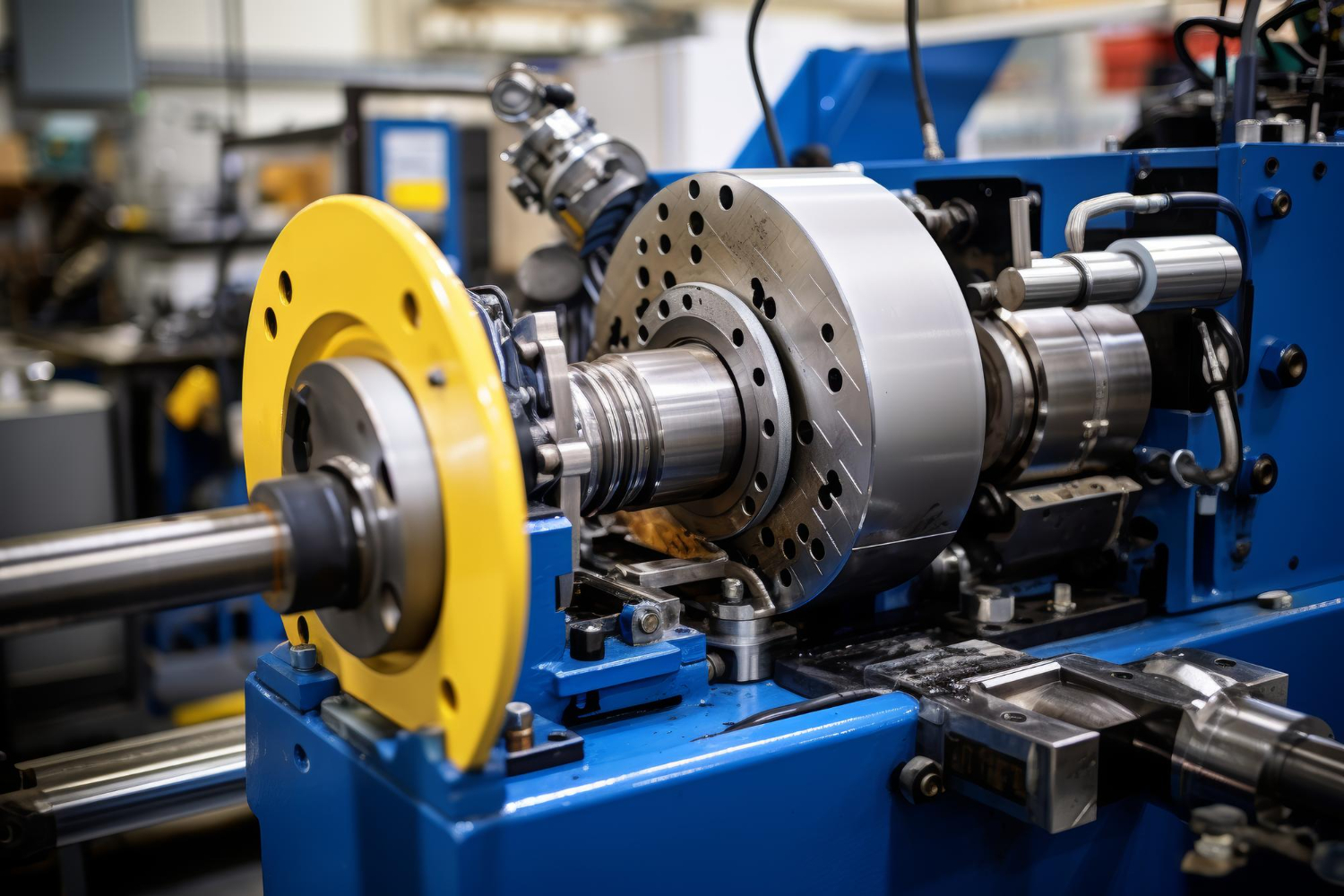Laser cutting is a high-precision technique used in aerospace, electronics, automotive, and other industries, where clean edges, tight tolerances and very high levels of accuracy are required. However, even with laser cutting, there is still the potential for burrs and small imperfections to be generated on the edges of metal or other materials.
Burrs are the raised edges and surface imperfections that are left behind after cutting. These need to be safely removed if they are not to impact the part's performance, safety, and appearance. A laser deburring machine will normally be used to carry out this process.
What is the process of deburring laser cut parts?

What are laser cut burrs?
During the laser cutting process, a focused beam is used to burn, melt, or vaporise material. This advanced, high-precision manufacturing technique creates clean and precise cuts, but small burrs can still form at the cut edges. This is especially the case with thicker or harder materials, such as some metals.
While the burrs left behind by the laser cutting process can vary considerably in size, even the very smallest can have a significant impact on the part’s performance. These can be removed using a laser deburring tool or laser deburring machine to ensure burr-free edges that won’t impact the safety, appearance or performance of the part.
Effective machine deburring laser cut parts
Manual deburring of parts can be time-consuming and imprecise. For larger quantities of laser cut parts in a manufacturing process, it is unlikely to be practical.
Precise deburring machines use mechanical or abrasive processes to remove the burrs that are left behind after laser cutting. Deburring machines efficiently smooth these rough edges and raised imperfections, ensuring that the parts are free from burrs and ready for the next stage.
Compared to a manual laser deburring tool, high-quality deburring machines can handle large volumes of laser-cut parts. They provide consistent, uniform results, further reducing the need for manual deburring.
Deburring machines can accommodate a range of materials, helping to maintain the integrity and precision of the laser cuts, while enhancing the overall quality of the finished part. They can be particularly valuable for any manufacturing environment that requires parts with complex shapes or tight tolerances.
Machine deburring ensures uniformity across different parts, making them essential tools for any industry where efficiency and precision are critical. Deburring machines are also highly flexible and can be adjusted to the specific needs of a particular production process.
Deburring machines are critical for fast, efficient, and uniform laser cut deburring.
A step-by-step guide to laser cut deburring
Using a deburring machine is an effective and efficient means to achieve consistent, precise results.
There is a straightforward process to follow:
● Inspect the laser cut parts
Before you begin, you should thoroughly inspect the laser cut parts to assess the size and location of the burrs. If you’re deburring a batch of parts it’s important to check for consistency. Identifying the areas that need deburring will guide the machine settings.
● Select the appropriate deburring machine
Different types of deburring machines are available depending on the material, size, and complexity of the part. These have different strengths and suitability. A vibratory tumbler, for example, is excellent for deburring bulk quantities of smaller parts. Larger, flat components may require a rotary brush machine. Your choice of deburring machine should match the geometry and size of your laser cut parts.
● Select the right abrasive media or tool
The choice of tool or abrasive media used in the machine is critical to achieving the desired finish. Tougher, metal parts may require abrasive stones or wire brushes. Softer materials will require softer media or lower-intensity settings.
● Adjust the machine settings
The machine’s speed, cycle time, and pressure should be set according to the complexity of the part and the material from which it is made. Tougher materials or larger burrs may require higher pressure and longer cycles.
● Run the deburring process
The parts can then be loaded into the deburring machine. Care should be taken to ensure that are correctly placed and secured to avoid excessive movement. Incorrect placement may inadvertently damage the parts. The machine should be stopped periodically to check progress.
● Inspect and clean the completed parts
Once the cycle has been completed, the parts can be removed from the machine. Inspect the edges, paying special attention to corners, hard-to-reach areas, and intricate sections. The parts should be cleaned before a final quality control inspection.
High-quality deburring machines from Sparx Machine Tools
Sparx Machine Tools can help you find the high-quality, precision deburring machine you need for laser cut components. We stock a range of NS Maquinas deburring machines each of which is suitable for different purposes.
Our range of quality used engineering and fabrication machinery is serviced and prepared by our team of in-house engineers before being made available for purchase.
If you have any questions about deburring machines or our range of high-quality deburring machinery, our friendly team will be happy to help.
Contact us to find out more.
